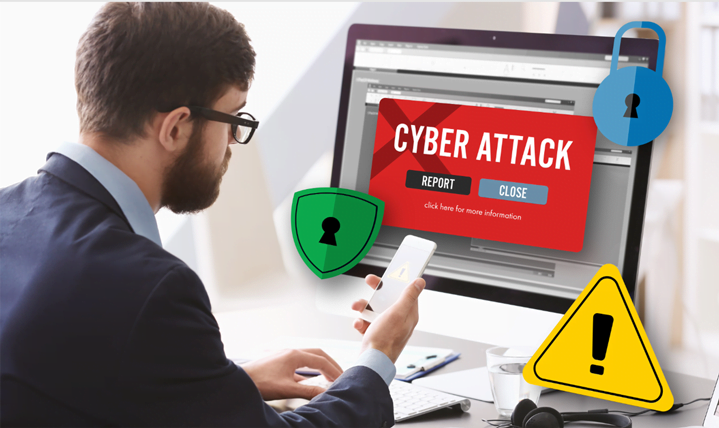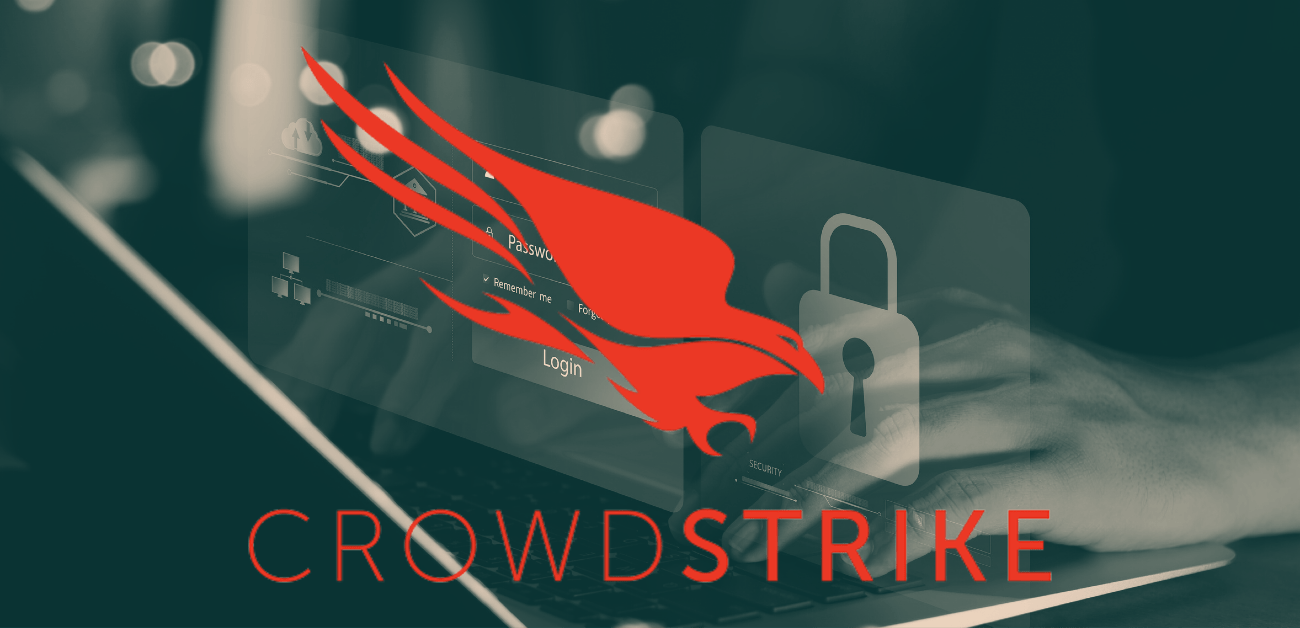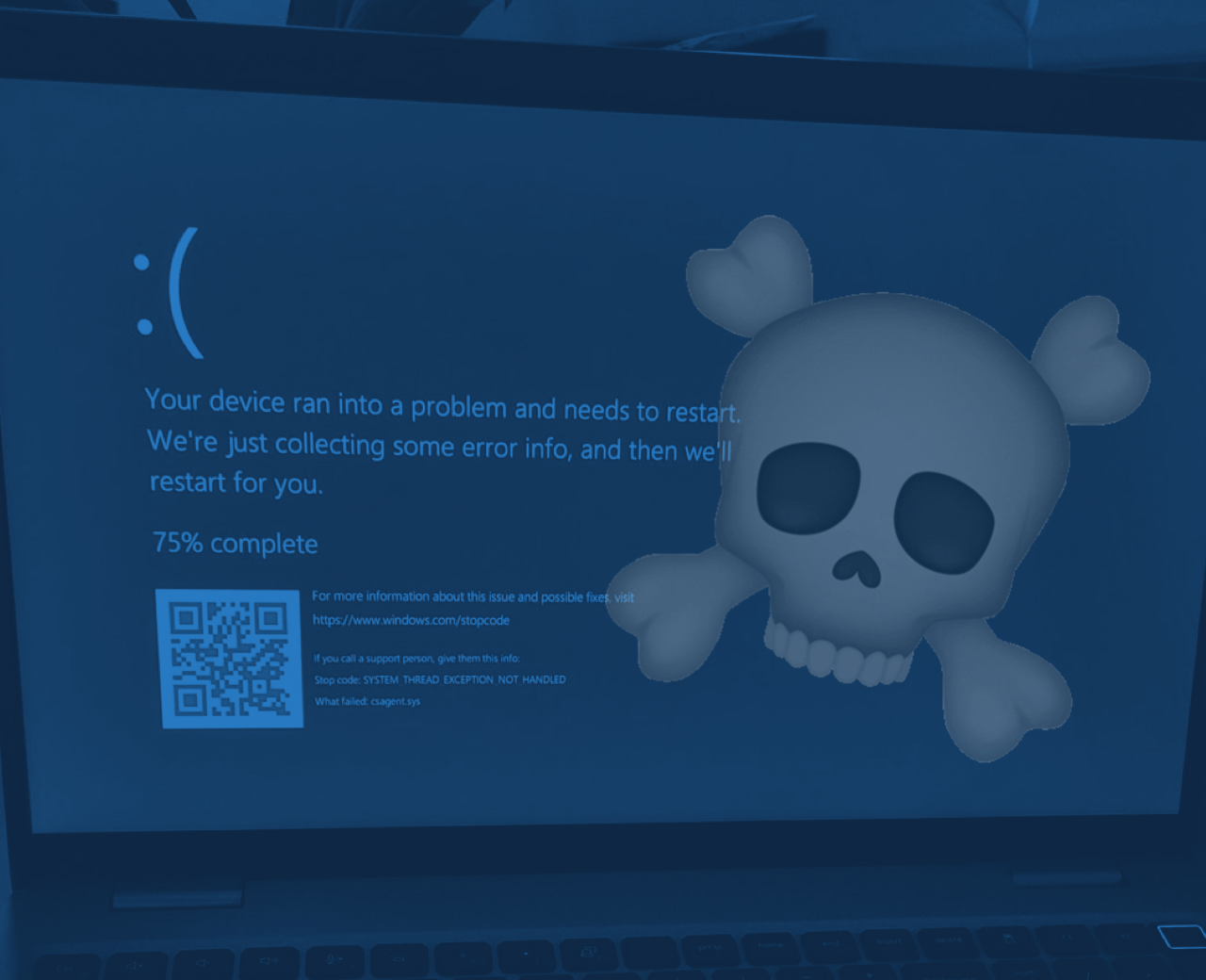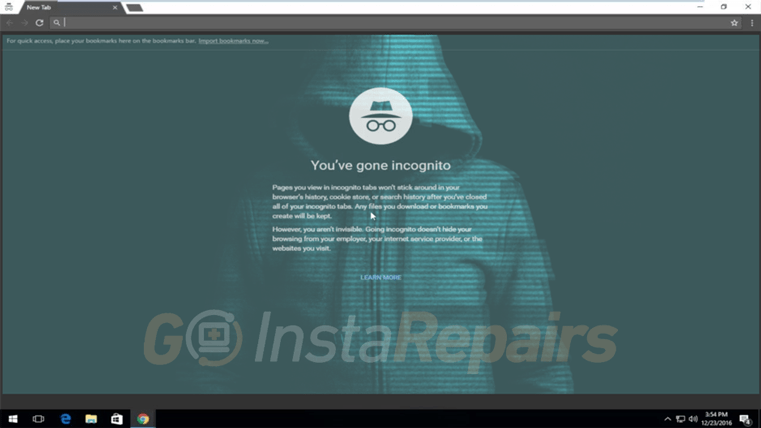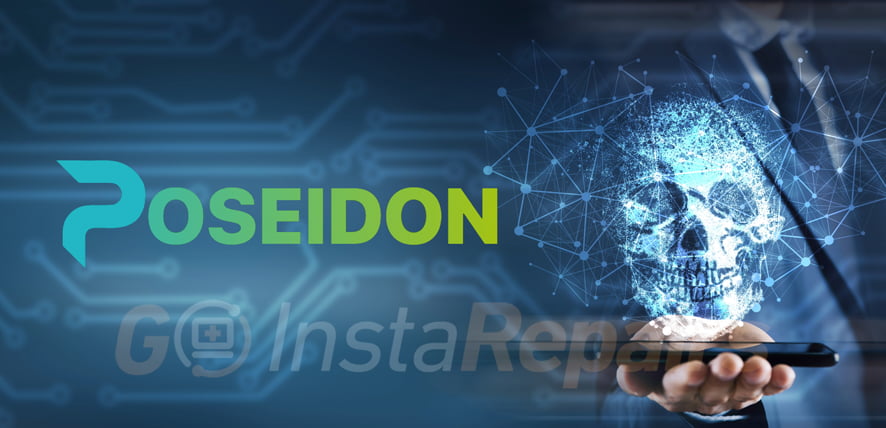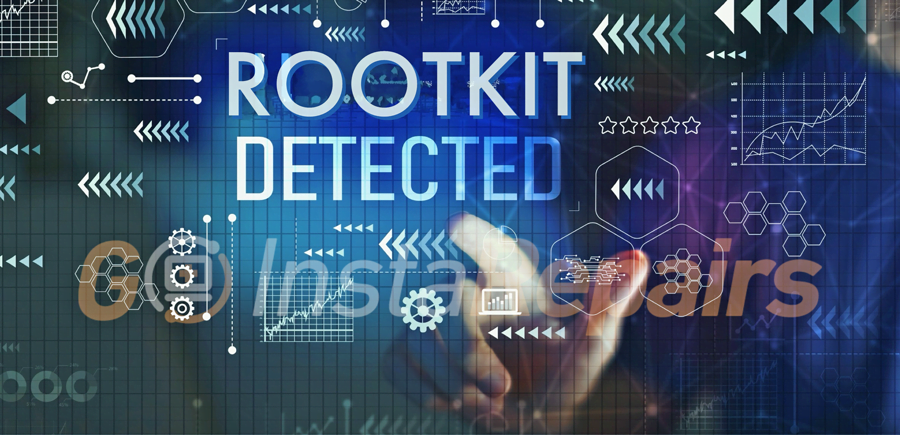Most Common Symptoms That Your Computer is Infected with Malware
On-Screen Warnings and Alerts
One of the most conspicuous symptoms of malware infection is the appearance of on-screen warnings and alerts. These can manifest in various forms, ranging from benign-looking notifications to glaring pop-ups that can cause panic. While legitimate alerts from your anti-virus software are designed to protect you, distinguishing them from fraudulent warnings is crucial to maintaining your computer’s security.
Legitimate alerts from your anti-virus software typically include specific details about the detected threat, such as the name of the malware, the file path, and recommended actions. These alerts are often accompanied by the official logo of your anti-virus provider, lending them an air of authenticity. They will not pressure you into making hasty decisions or downloading additional software from unknown sources.
Malware and Viruses, are they same?
Conversely, fake virus alerts are engineered to incite panic and urgency. These alerts might claim that your system has numerous infections and instruct you to click on a link or download a program immediately. Such messages often lack specific details about the alleged threats and may use alarming language or flashing graphics to grab your attention. These fraudulent alerts are usually designed to install additional malware or trick you into purchasing unnecessary services.
Random pop-ups, which can appear either within your web browser or as standalone windows, are another indication of potential malware infection. These pop-ups may advertise dubious software, claim that you have won prizes, or urge you to take immediate action to fix non-existent problems. Unlike legitimate browser notifications, these pop-ups often originate from malicious websites or compromised software.
If you encounter suspicious warnings or alerts, it is vital to remain calm and take deliberate steps. Avoid clicking on any links or downloading software from these alerts. Instead, run a thorough scan using your trusted anti-virus program to verify the existence of any threats. Additionally, keeping your software updated and practicing safe browsing habits can help mitigate the risk of encountering such deceptive alerts.
Remember, Goinsta Repairs is always here to help you with any concerns related to malware and computer viruses on both macOS and Windows platforms. Stay informed and vigilant to ensure your digital safety.
Browser and System Behaviour Changes
Malware infections often manifest as noticeable changes in browser and system behavior. One of the most common indicators of a compromised system is browser hijacking. This occurs when your browser’s homepage changes without your permission, often redirecting you to unfamiliar or suspicious websites. You might also experience frequent redirects, where clicking on a link takes you to an unexpected destination, hindering your browsing experience.
Another telltale sign is the appearance of new, unrequested browser toolbars. These toolbars can clutter your browser interface and may be difficult to remove. In some cases, they can even track your online activities, jeopardizing your privacy. Additionally, malware can prevent you from accessing or opening essential files, particularly executable files like .exe or .msi, which are crucial for installing or running software on your computer.
Subtle system changes can also indicate a malware infection. For instance, you might find that you are unable to change your desktop wallpaper or other desktop settings. Unusual icons or unfamiliar entries in the start menu or device manager are also red flags. These changes often go unnoticed but can be significant indicators of underlying issues.
What is a Data Breach?
A data breach happens when sensitive information is accessed or disclosed without authorization….
The Microsoft Outages 2024: What is CrowdStrike?
Learn about CrowdStrike its role in the cybersecurity industry and the latest updates on the Microsoft Outages…
The Microsoft Outages: Impact on Flights, Companies, and Services Worldwide
The recent Windows outages that have disrupted various sectors globally, affecting industries such as aviation, healthcare, and corporate…
Top 10 VPN Services for 2024: The Ultimate Guide
The best VPN services for 2024, including ProtonVPN, NordVPN, Surfshark, and more. From top-tier security, streaming capabilities to…
The ‘Port Shadow’ Flaw: Which VPN Providers Are Safe Now?
The port shadow vulnerability highlights the risks associated with sharing a VPN server with other users, potentially leading…
Transforming an Old Laptop into a Chromebook: A Step-by-Step Guide
Learn how to transform your old laptop into a Chromebook.Extend the lifespan of your aging laptop and enjoy…
Advantages and Disadvantages of Artificial Intelligence in Education
Adaptive learning platforms, supports by AI, are revolutionizing the educational sector. However, the growing presence of AI in…
Is Google Chrome’s Incognito Mode Actually Private?
Discover the true capabilities and limitations of Google Chrome’s Incognito Mode. Learn how it protects your local browsing…
My Computer Has Been Hacked
Secure and protect your system for both Windows and macOS platforms. Stay vigilant and proactive to safeguard your…
Poseidon Mac Stealer Distributed via Google Ads: A New Threat
Poseidon Mac Stealer. Distributed through deceptive Google Ads, this sophisticated malware infiltrates systems to exfiltrate sensitive information….
Network Basics to Keep Your Computer Secure (Easy and Simple
Learn what is an IP address, the importance of DNS translating domain names (or website URLs) to…
Guide to Troubleshooting Paper-Jam in your Printer
From proper paper loading and using the correct paper type to regular maintenance and understanding environmental factors to…
Different Types of Rootkits
Learn about the different types of rootkits, including user mode, kernel mode, and firmware rootkits, and understand their…
What is a Rootkit?
Although most rootkits affect the software and the operating system, some can also infect your computer’s hardware and…
How to Remove a User from a Shared Windows Device
Learn how to manage and remove user accounts on Windows 10 and 11 to enhance security, free up…
Top 5 Smart Security Cameras for Your Home Recommended by
The top 5 smart 4k security cameras for home surveillance. Reviews by, Lorex Technology and Goinsta…
Another critical symptom to watch for is the disappearance or malfunctioning of your anti-virus icon in the system tray. If your anti-virus software cannot be started or has mysteriously vanished, it might be a sign that malware has disabled it to avoid detection and removal.
Recognizing these symptoms early can be crucial for mitigating the damage caused by malware. If you suspect that your computer is infected, professional help from services like GoInsta Repairs is always here to help you. They can provide expert assistance in diagnosing and resolving these issues, ensuring your system is clean and secure.
Performance and Storage Issues
One of the most noticeable symptoms of a malware infection is a significant decline in your computer’s performance. Sluggish operations, unexpected freezing, and frequent crashes are often indicators that malicious software is consuming your system’s resources. Malware can run processes in the background, utilizing CPU, memory, and disk space, which leaves fewer resources available for legitimate applications. This can result in slower application response times and an overall decrease in system efficiency.
Additionally, you may observe diminished storage space on your hard drive. Malware can create a multitude of files or even install multiple unwanted programs, rapidly filling up your storage. This not only affects your computer’s performance but also limits the space available for your important files and applications. Monitoring your disk space usage and identifying any unexplained increases can be a crucial step in detecting malware.
Another sign of a potential malware infection is an unexplained uptick in internet usage. Malware often communicates with remote servers to send or receive data, which can result in higher than usual network activity. If you notice a sudden increase in your internet usage without a corresponding increase in your online activities, it is possible that malware is the cause.
To monitor system performance and detect potential malware-caused slowdowns, regularly check your system’s resource usage through built-in tools such as Task Manager on Windows or Activity Monitor on macOS. These tools can help you identify any processes that are consuming an unusually high amount of resources. Goinsta repairs is always here to help you with professional diagnostics and thorough malware removal to restore your computer’s functionality.
By being vigilant about these performance and storage issues, you can take early action to identify and remove malware, ensuring your computer remains secure and efficient. Regular system scans and updates are also recommended to protect against new and evolving threats.
Unusual and Suspicious Activities
Malware infections often manifest through a variety of unusual and suspicious activities on your computer. One of the more recognizable symptoms is the appearance of mysterious social media posts. If your account is posting content you did not create, this could indicate malware has compromised your credentials. Similarly, you might notice programs running and closing without your consent. This erratic behavior suggests unauthorized access and manipulation, often a sign of malware at work.
Another concerning symptom is the presence of suspicious applications. These applications often appear without your installation or permission, and they can serve as conduits for further malware infections. Additionally, files that randomly disappear from your system can signal a serious problem. Malware can delete or hide files, causing data loss and system instability. Similarly, suspicious shortcut files that replace your original files or applications are indicative of malware interference.
More severe symptoms can include ransom demands, a clear indicator of ransomware—a particularly malicious form of malware. Ransomware encrypts your files and demands payment for their release, presenting a significant threat to your data security. Unusual error messages that pop up repeatedly can also be a sign of infection. These messages might contain obscure errors or prompt you to click on suspicious links.
When faced with these symptoms, immediate action is paramount. Disconnect your computer from the internet to prevent further data transmission. Run a full system scan using reputable antivirus software to identify and remove the malware. Keep your operating system and all software up-to-date to patch vulnerabilities. Regularly back up your data to mitigate the impact of potential infections. And remember, Goinsta Repairs is always here to help you with comprehensive solutions to malware issues on both macOS and Windows platforms.



